Natural Skincare and Perfumery Ingredients
Clink on the product and get to know them
No results

Alcohol denat
- Product: Denatured organic alcohol
- Origin: Organic wheat grain
- How is it obtained? The wheat grain is fermented and distilled in order to transform sugars into 96% ethyl alcohol. Then, alcohol is denatured to change its taste to a bitter one and avoid being swallowed
- Aroma: A characteristic smell of alcohol
- Curiosity: When alcohol evaporates, it allows the perfume scent to spread
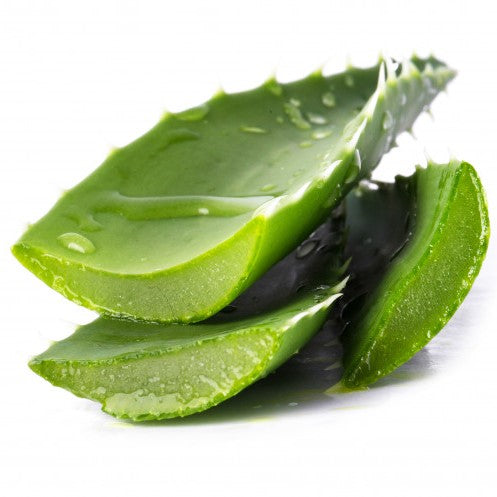
Aloe Barbadensis Leaf Juice
- Product: Gel
- Origin: Plant (Aloe Vera)
- Used part: Leaves
- How is it obtained? Using pressure to extract the leaves juice
- Growing areas: From North Africa, although it is widespread in many countries
- Curiosity: It has moisturizing properties, improves elasticity and prevents sking aging. Makes your face look revitalized and hydrated
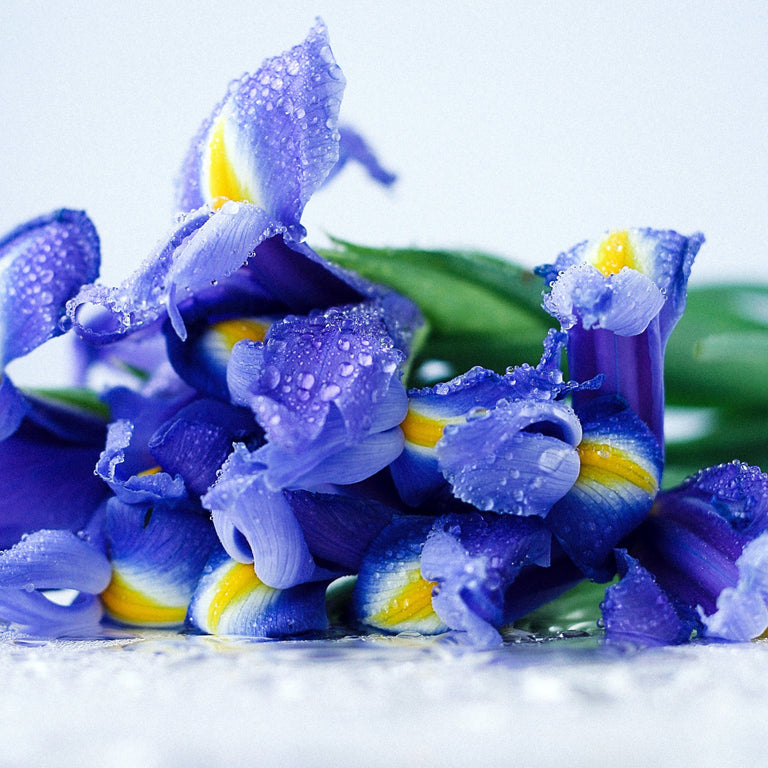
Alpha-Isomethyl Ionone
- Product: Derived from oils used in perfumery
- Aroma: Iris
- Curiosity: It is declared in the INCIs because it is an allergen and, as such, can generate allergies to certain people
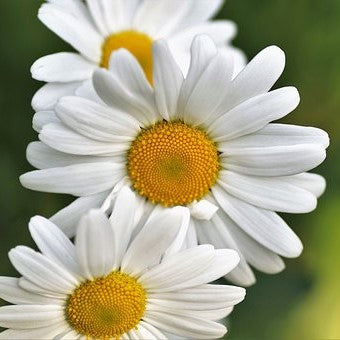
Anthemis Nobilis Flower Water
- Product: Floral water
- Origin: Herb (chamomile)
- Used part: Flowers
- How is it obtained? The
- Growing areas: Europa, América del Norte y Argentina
- Curiosity: It is know for its relaxing and refreshing properties that help calming the sensitive skin
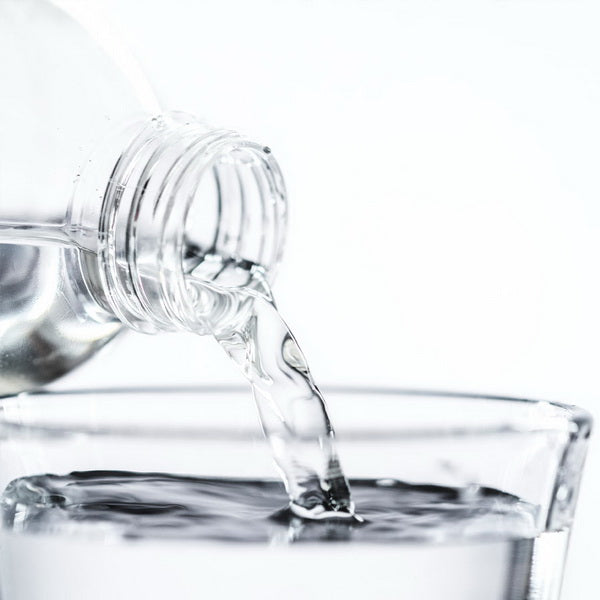
Aqua
- Product: Water
- Origin: Rivers, reservoirs and groundwater
- How is it obtained? Through a series of industrial processes that purify water
- Aroma: Neutral
- Curiosity: Perfumes always have a small percentage of water (about 3%) to compensate alcohol and have a more balanced formula
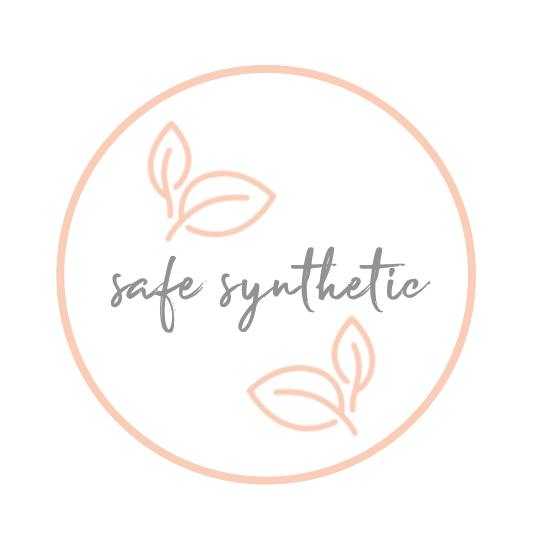
Ascorbyl Palmitate
- Product: Vitamin C
- Origin: Safe Synthetic
- Curiosity: Antioxidant properties, which inhibit the reactions caused by oxygen and that generate the aging of the skin
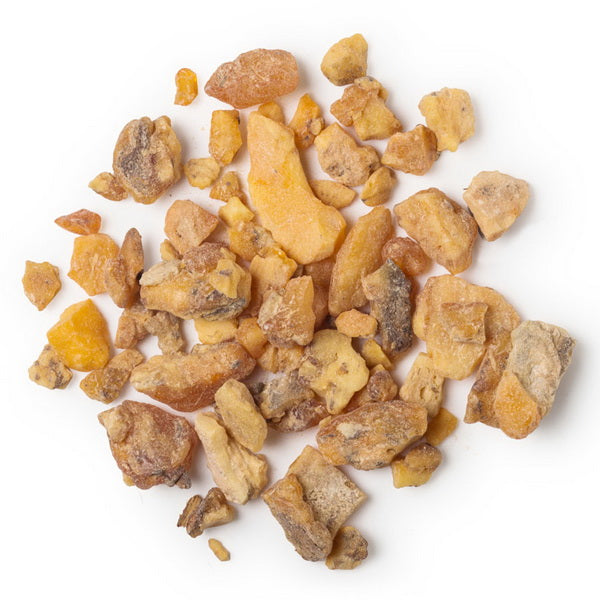
Benzoin
- Product: Benzoin
- Origin: Styrax tonkinensis tree
- Used part: Resin
- How is it obtained? Extraction
- Growing areas: Sumatra and Laos
- Aroma: Creamy and sweet
- Curiosity: It is a natural perfume fixer
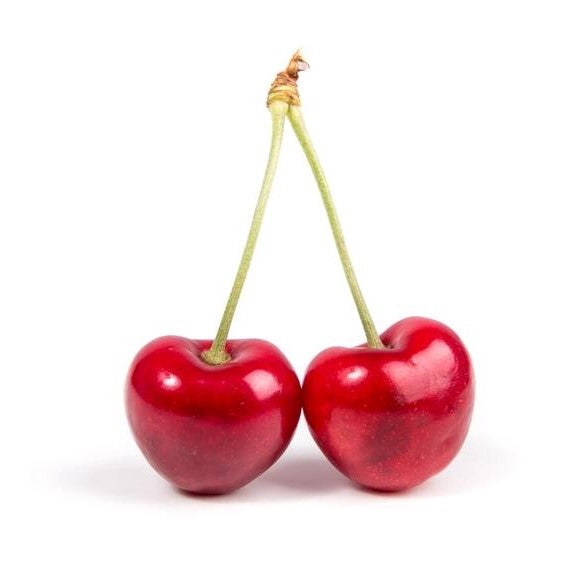
Benzyl Alcohol
- Product: Derived from natural oils
- Origin: Flowers and plants
- How is it obtained? They are obtained naturally by extracting the oil from certain flowers such as jasmine or ylang-ylang
- Aroma: Cherry
- Curiosity: It is declared in the INCIs because it is an allergen and, as such, can generate allergies to certain people
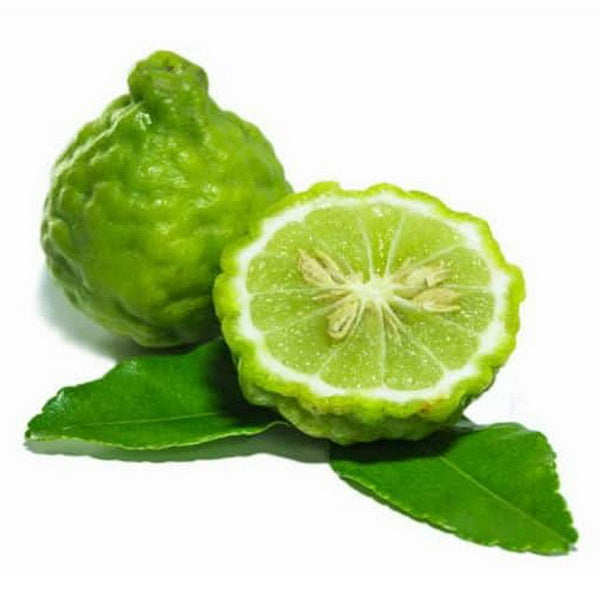
Bergamot
- Product: Oil
- Origin: Bergamot tree
- Used part: Fruit skin
- How is it obtained? Cold pressure
- Growing areas: Italy, Spain, Ivory Coast and Brazil
- Aroma: Acidic and fresh
- Curiosity: It is used as Earl Grey tea flavouring
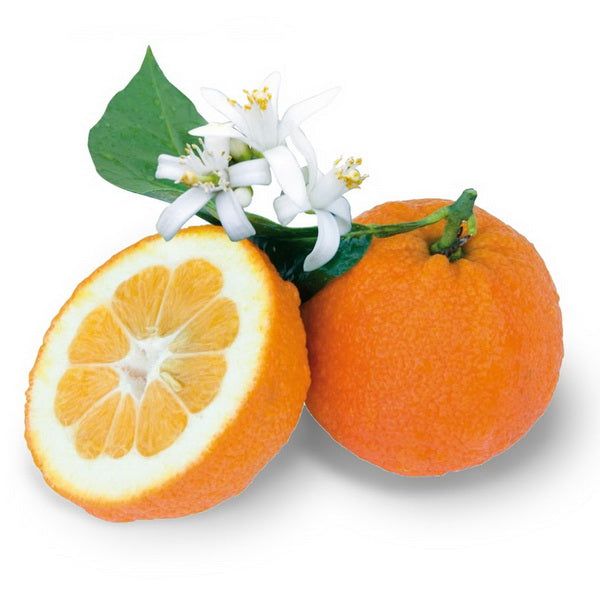
Bigarade
- Product: Oil
- Origin: Bitter orange tree
- Used part: Fruit skin
- How is it obtained? Cold pressure
- Growing areas: Spain, Italy, Tunisia, Guinea and Ivory Coast
- Aroma: Citrus, between sweet orange and bitter grape
- Curiosity: Non-edible orange. When it is processed, it is often used in jams and teas
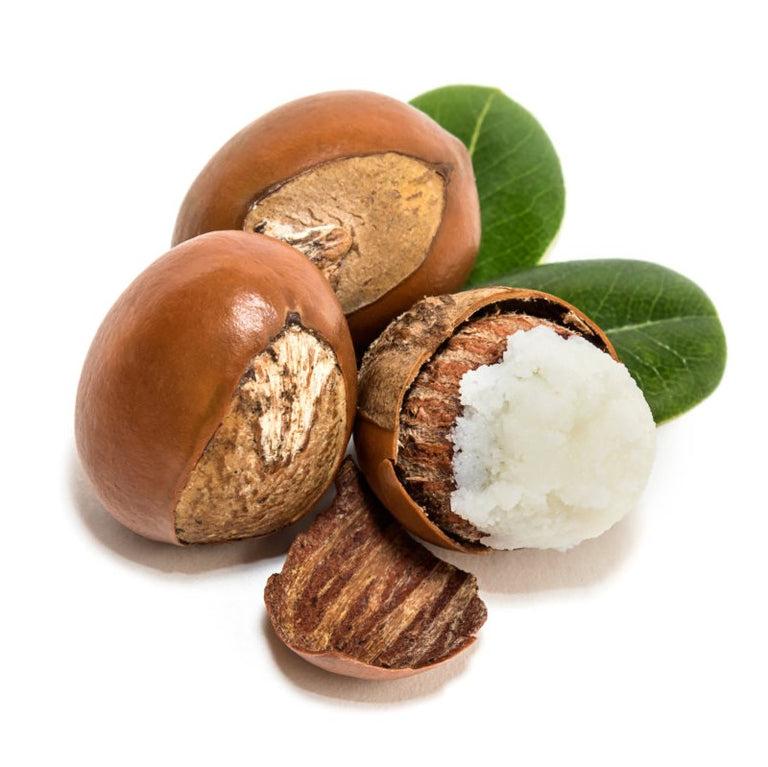
Butyrospermum Parkii Butter
- Product: Butter
- Origin: Tree (Karité)
- Used part: Fruit
- How is it obtained? Boiling and filtering the fat obtained by crushing the walnuts
- Growing areas: African continent
- Curiosity: Contains vitamins (A, D, E) and minerals, it has soothing, healing and softening properties for the epidermis. In addition, it is hydrating and brings luminosity to the skin
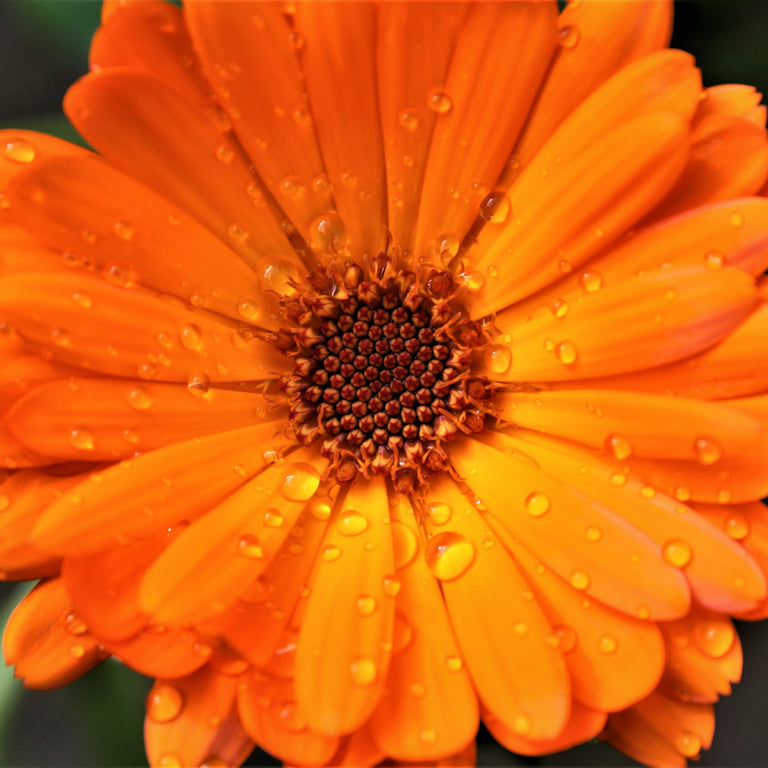
Calendula Officinalis Flower Extract
- Product: Extract
- Origin: Plant (Calendula)
- Used part: Flower
- How is it obtained? Maceration and later filtration of the flowers
- Growing areas: Mediterranean region
- Aroma: Thanks to its high moisturizing power, it is ideal for treating dry, dehydrated or irritated skin, as it works as an anti-inflammatory, healing and skin regenerator.
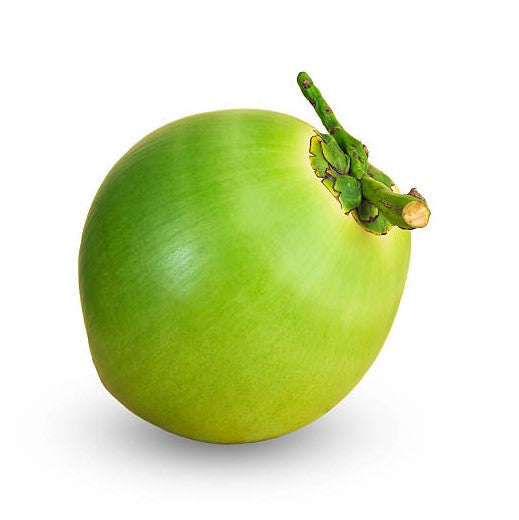
Caprylic / Capric Triglyceride
- Product: Esterified oil
- Origin: Tree (coconut tree)
- Used part: Fruit
- How is it obtained? Extraction of coconut oil that is later on hydrogenated and hydrolyzed
- Growing areas: Southeast Asia
- Curiosity: Hydrating, repairing and resistant to the skin moisture loss. It absorbs very quickly and is suitable for sensitive skin
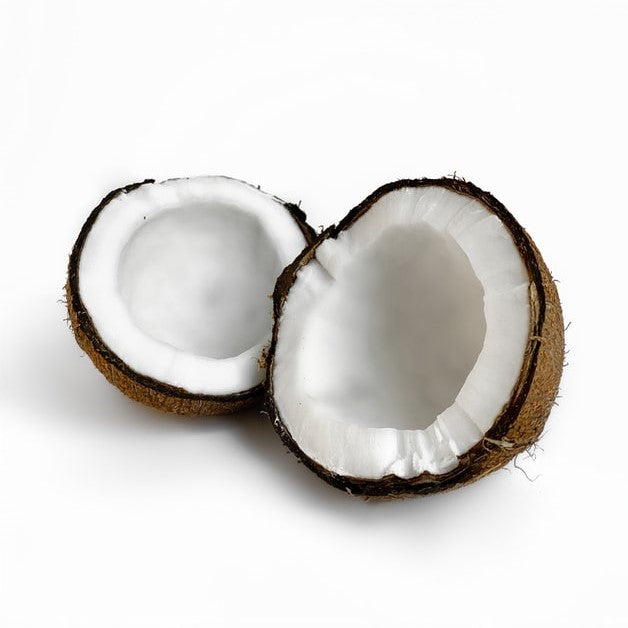
Caprylyl Capryl Glucoside
- Product: Surfactant
- Origin: Tree (coconut tree)
- Used part: Fruit
- How is it obtained? From the coconut oil
- Growing areas: Southeast Asia
- Curiosity: Helps water mix with oil and dirt so it can be removed. In addition, it allows to obtain the desired foam texture

Caprylyl Glycol
- Product: Alcohol
- Origin: Safe synthetic endorsed by Cosmos
- Curiosity: In addision to being antimicrobial and an efective moisturizer, it provides softness to the skin
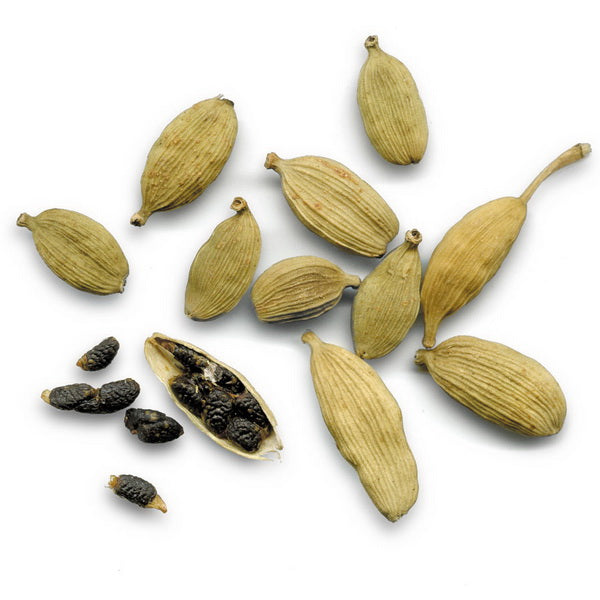
Cardamom
- Product: Oil
- Origin: Cardamom herbaceous plant
- Used part: Seed
- How is it obtained? Distillation
- Growing areas: Guatemala, Honduras, India, Indonesia and Sri Lanka
- Aroma: Resinous, aromatic and slightly spicy
- Curiosity: It is one of the oldest spices in the world
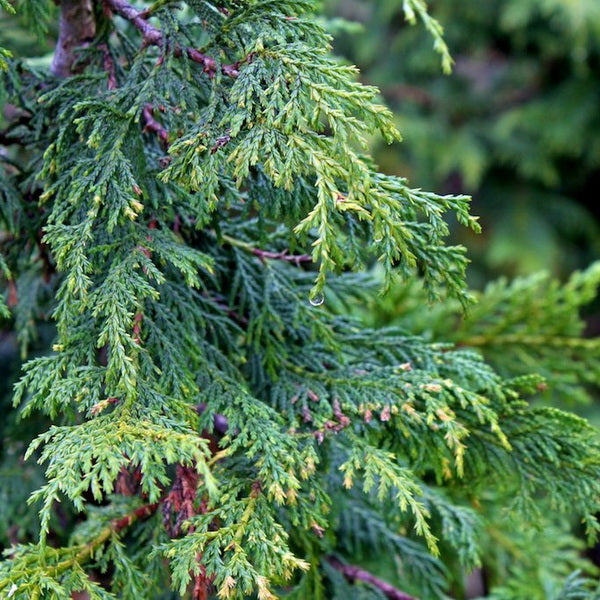
Cedarwood
- Product: Oil
- Origin: Cedarwood tree
- Used part: Leaves
- How is it obtained? Distillation
- Growing areas: Morocco and the United States
- Aroma: Wood and resin
- Curiosity: It is associated with the smell of pencil
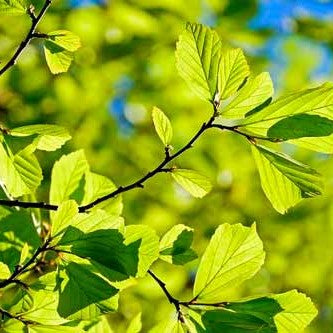
Cellulose Gum
- Product: Emulsifier
- Origin: Plants
- How is it obtained? The cellulose is obtained naturally form the walls of the plants, including the wood
- Curiosity: It is a natural vegetable polysaccharide used as a thickener, texturizer and, emulsifier.
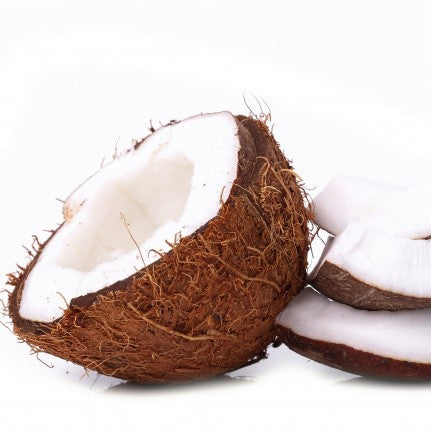
Cetearyl Alcohol
- Product: Fatty alcohol
- Origin: Tree (coconut tree)
- Used part: Fruit
- How is it obtained? Mix of fatty alcohols
- Growing areas: Southeast Asia
- Curiosity: It is used as an additive in cosmetics to thicken, stabilize and increase foaming capacity
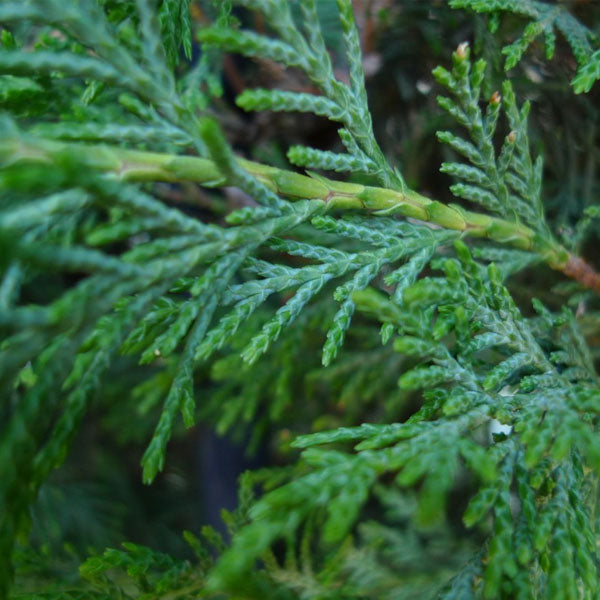
Cypress
- Product: Oil
- Origin: Cypress tree
- Used part: Branches
- How is it obtained? Distillation
- Growing areas: Spain and France
- Aroma: Fresh, woody and balsamic
- Curiosity: In ancient civilizations it used to be known for its medicinal uses
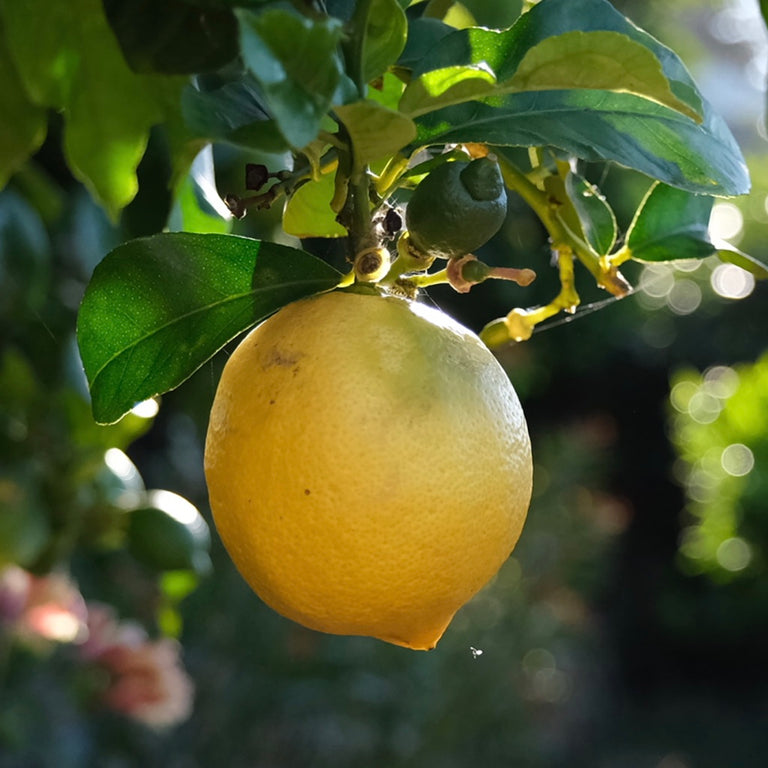
Citral
- Product: Natural essential oil by-product
- Origin: Plants
- How is it obtained? It is naturally obtained from petitgrain oil, litsea cubeba, lemon or orange extraction
- Aroma: Lemon
- Curiosity: It has been declared an INCI as it is an allergen, which means that certain people can be allergic to it
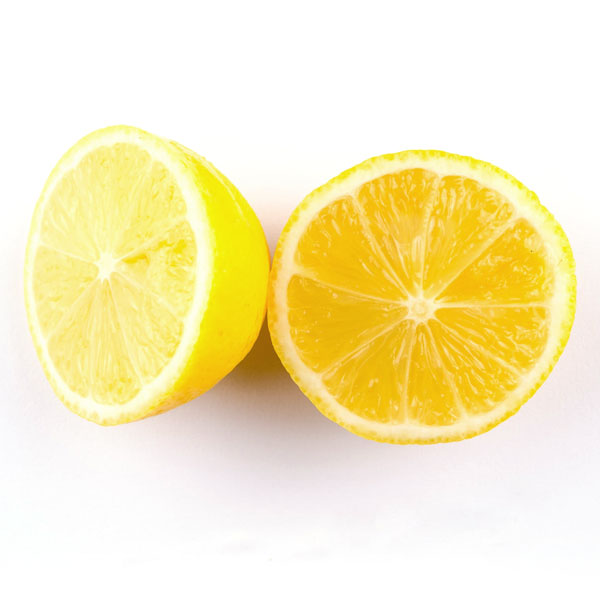
Citric Acid
- Product: Weak organic acid
- Origin: Tree (lemon tree)
- Used part: Lemon juice
- How is it obtained? Cold pressure
- Growing areas: España, Italia, Costa de Marfil, América del Sur
- Curiosity: It is one of the principal active substances from the lemon. Often used to balance the (too basic) pH of cosmetic products
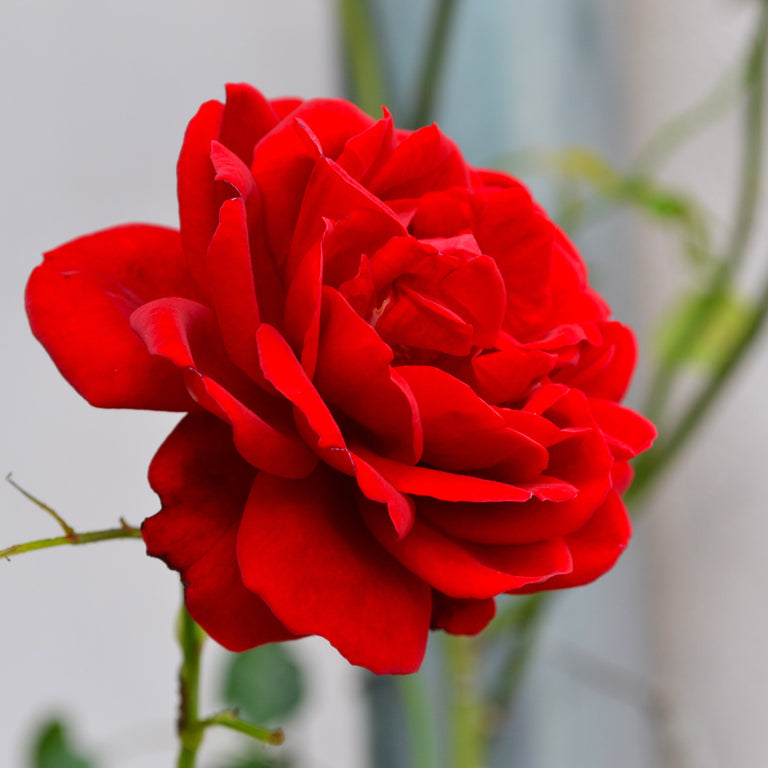
Citronellol
- Product: Natural essential oil by-product
- Origin: Plants
- How is it obtained? It is naturally obtained from bergamot oil, eucalyptus, lemon, litsea cubeba, orange or osmanthus extraction
- Aroma: Rose
- Curiosity: It has been declared an INCI as it is an allergen, which means that certain people can be allergic to it

Cocamidopropyl Betaine
- Product: Surfactant
- Origin: Tree (coconut tree)
- Used part: Fruit
- How is it obtained? From the coconut oil
- Growing areas: Southeast Asia
- Curiosity: It has soft cleansing properties and is skin-friendly. That is why it is often used in baby cosmetics
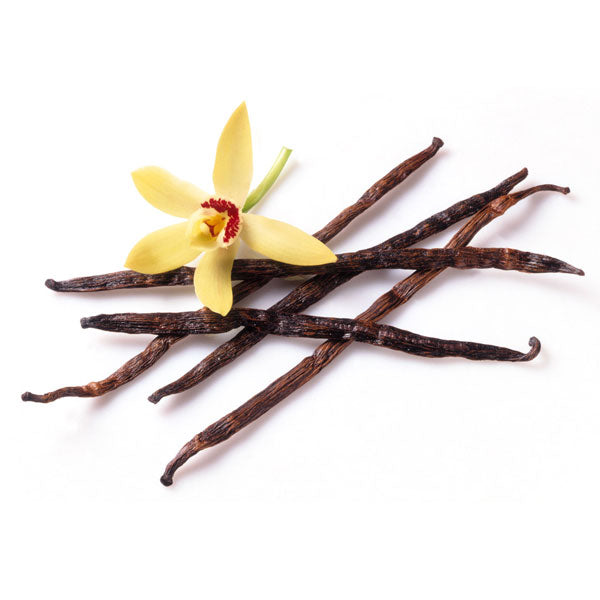
Coumarin
- Product: Natural essential oil by-product
- Origin: Plants
- How is it obtained? It is naturally obtained from tonka bean oil or cinnamon extraction
- Aroma: Vanilla
- Curiosity: It has been declared an INCI as it is an allergen, which means that certain people can be allergic to it
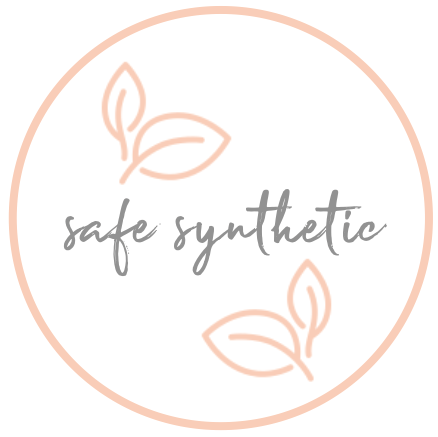
C10-18 Triglycerides
- Product: Solvent
- Origin: Safe synthetic endorsed by Cosmos
- Curiosity: Smoothes and maintains the skin in good conditions

Decyl Glucoside
- Product: Surfactant
- Origin: Tree (coconut tree)
- Used part: Fruit
- How is it obtained? From the coconut oil and glucose
- Growing areas: Southeast Asia
- Curiosity: Has cleansing properties, increases foaming capacity and is particularly skin-friendly

Dehydroacetic Acid
- Product: Dehydroacetic Acid
- Origin: Safe synthetic endorsed by Cosmos
- Curiosity: It is used as a preservative for its fungicidal and bactericidal actions

Ethylhexylglycerin
- Product: Additive
- Origin: Save synthetic
- Curiosity: Improves the feeling of the formula on the skin and inhibits the growth of odor-causing bacteria, without affecting the skin's flora
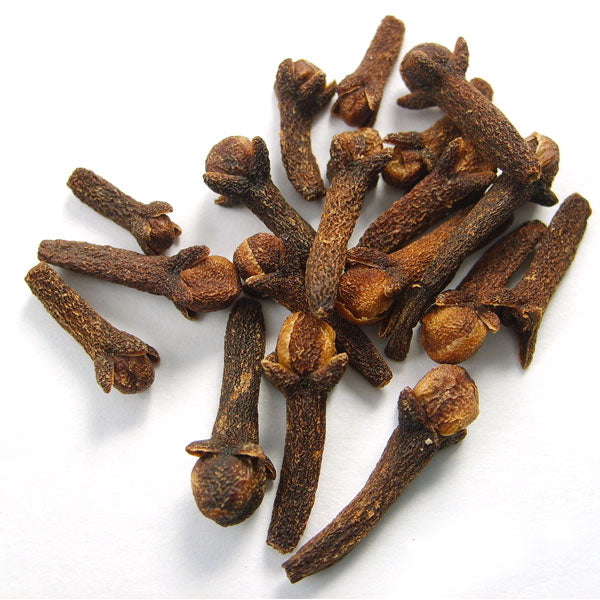
Eugenol
- Product: Natural essential oil by-product
- Origin: Plants
- How is it obtained? It is naturally obtained from mint oil, guaiac, litsea cubeba, osmanthus or clove extraction
- Aroma: Clove
- Curiosity: It has been declared an INCI as it is an allergen, which means that certain people can be allergic to it

Helianthus Annuus Seed Oil
- Product: Oil
- Origin: Plant (sunflower)
- Used part: seeds
- How is it obtained? Cold pressure
- Growing areas: Originally from America. Currently it has almost worldwide presence.
- Curiosity: It is mainly composed of linoleic acid (omega 6 fatty acid) which provides good hydration to the skin as well as vitamine E.
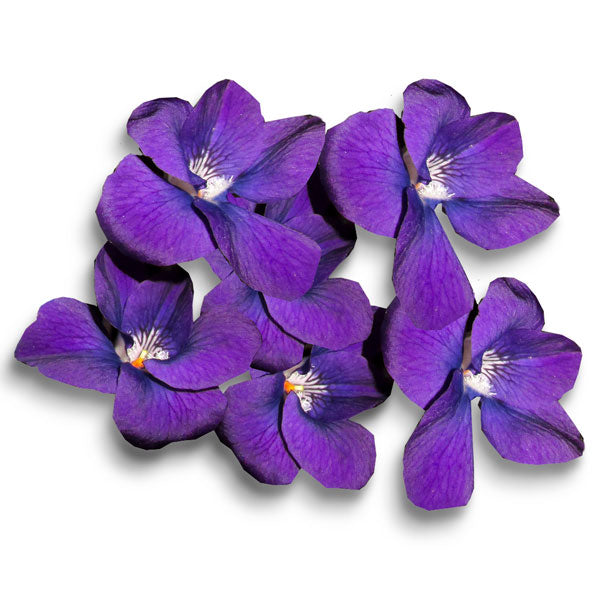
Farnesol
- Product: Natural essential oil by-product
- Origin: Flowers
- How is it obtained? It is naturally obtained from rose, palmarosa, neroli or ylang ylang extraction
- Aroma: Violet
- Curiosity: It has been declared an INCI as it is an allergen, which means that certain people can be allergic to it
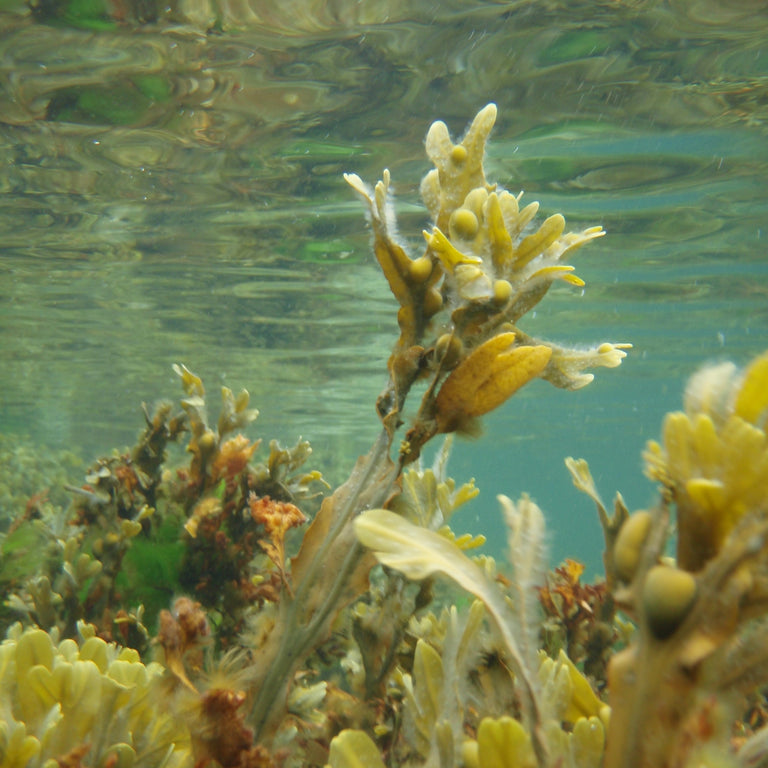
Fucus Vesiculosus Extract
- Product: Extract
- Origin: Fucus seaweed
- Used part: Leaves
- How is it obtained? The dried leaves are mixed with the solvent and once filtered, the seaweed extract is obtained
- Growing areas: France
- Curiosity: It has a high content of alginates, polysaccharides and organic iodine, which contribute to the antioxidant, firming and anti-cellulite properties. In addition, it promotes the retention of collagen, stimulates circulation and increases elasticity.
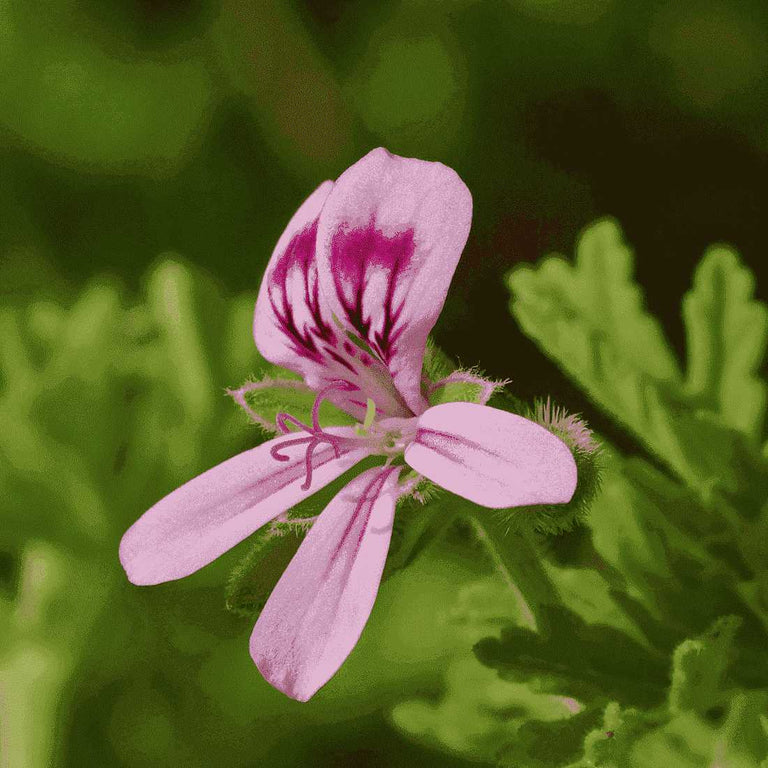
Rose Geranium
- Product: Oil
- Origin: Shrub (pelargonium hybridum)
- Used part: Leaves
- How is it obtained? Distillation
- Growing areas: Egypt, Reunion Islands, Madagascar and, China
- Aroma: Fruity menthol, with long-lasting green notes and a delicate rose aroma
- Curiosity: There are many kinds of geranium commonly used to decorate balconies and terraces. However, Rose Geranium is used in perfumery for its appreciated rose aroma
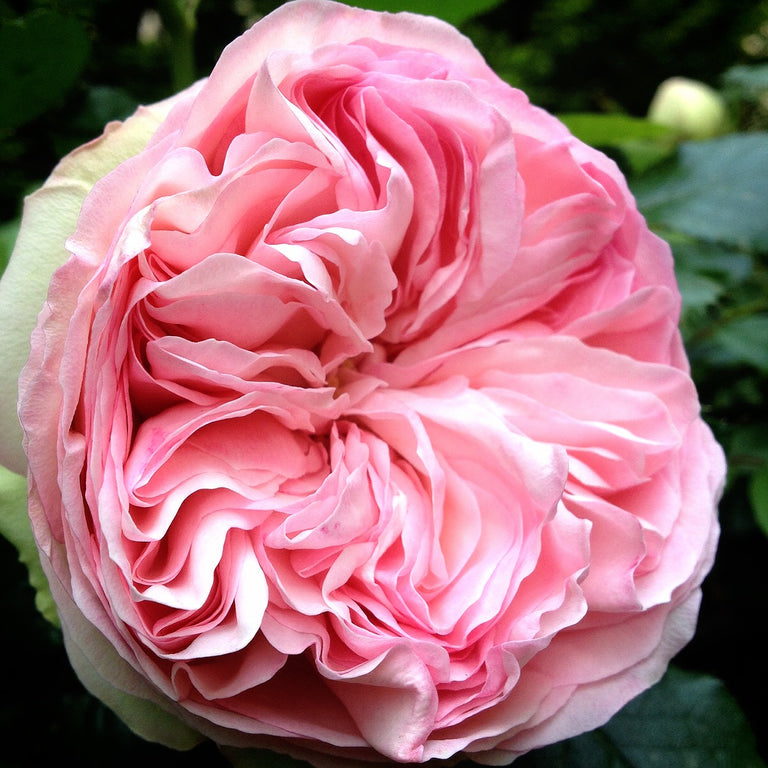
Geraniol
- Product: Natural essential oil by-product
- Origin: Flowers and plants
- How is it obtained? It is naturally obtained from rose, geranium or lemon oil extraction
- Aroma: Rose
- Curiosity: It has been declared an INCI as it is an allergen, which means that certain people can be allergic to it

Glycerin
- Product: Polialcohol
- Origin: Tree (coconut tree)
- Used part: Fruit
- How is it obtained? From coconut oil
- Growing areas: Southeast Asia
- Curiosity: Glycerin retains water on the skin, preventing dehydration of the skin and protecting it from external aggressions such as pollution
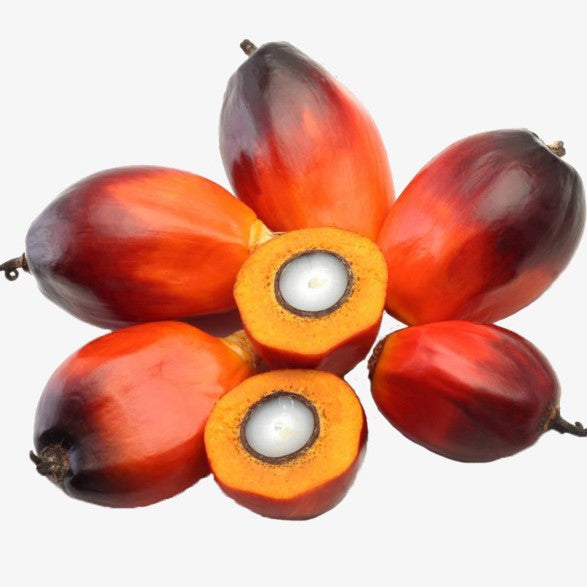
Glyceryl Stearate
- Product: Surfactant
- Origin: Tree (palm tree)
- Used part: Fruit
- How is it obtained? Sustainable extraction - RSPO seal (Roundtable on Sustainable Palm Oil)
- Growing areas: From Africa
- Curiosity: Used as an emulsifier in cosmetic formulas. It is present in the human body so it is totally respectful with our skin
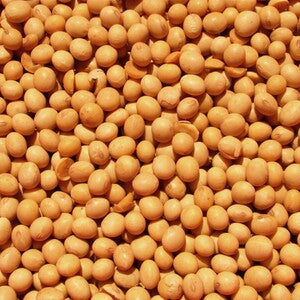
Glyceryl Stearate Citrate
- Product: Emuslifier
- Origin: Plant (soy)
- Used part: Seed
- How is it obtained? It comes from vegetable oils and citric acids.
- Growing areas: Originally from China
- Curiosity: Leaves the skin soft, silky and supple with a pleasant light feeling
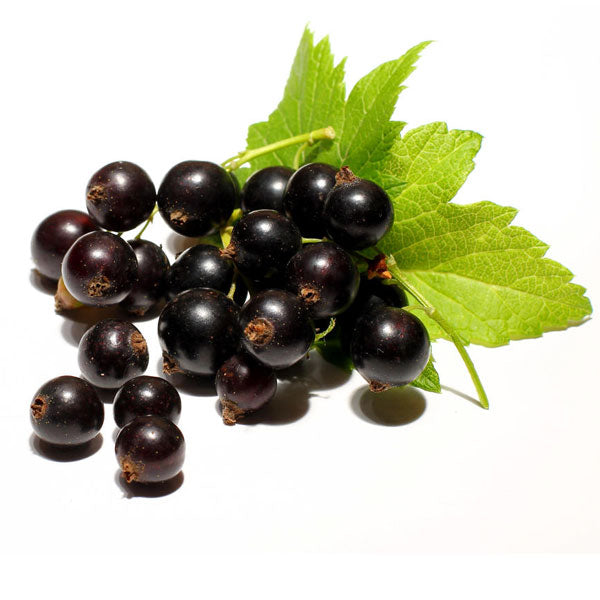
Blackcurrant
- Product: Extract
- Origin: Cassis bush
- Used part: Sprouts
- How is it obtained? Extraction
- Growing areas: France
- Aroma: Woody, fruity and spicy
- Curiosity: Apart from the buds, almost all parts of Blackcurrants can be: leaves in teas, hearts in liqueurs and berries in jams, juices and liqueurs
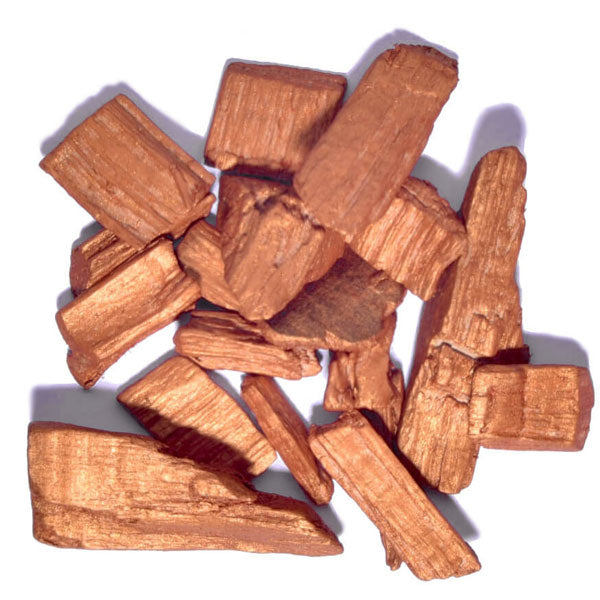
Guaiac
- Product: Oil
- Origin: Guayacán tree
- Used part: Wood
- How is it obtained? Distillation
- Growing areas: Paraguay
- Aroma: Wood with smoky notes
- Curiosity: Used by Native Americans to treat some diseases
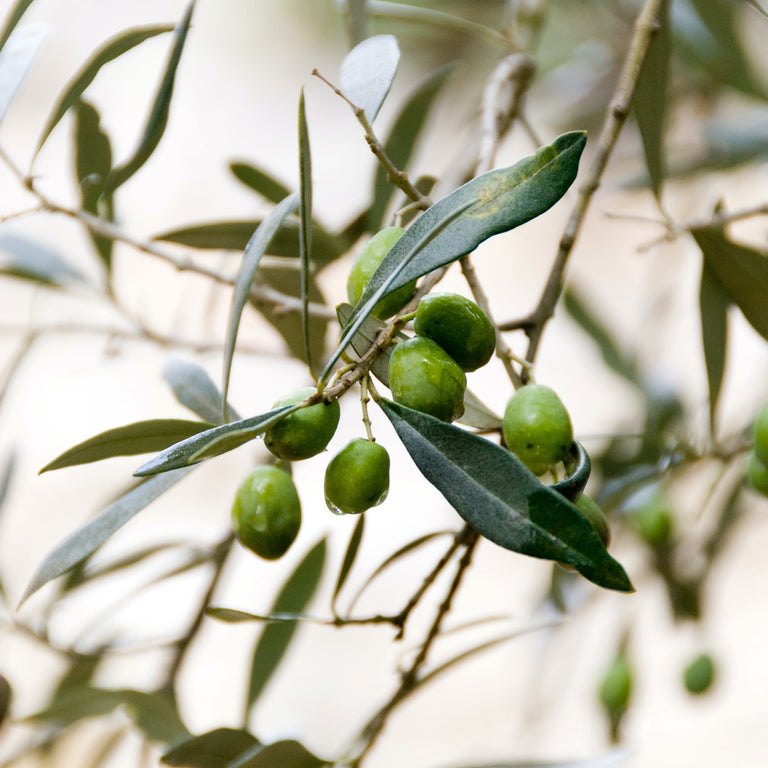
Hydrogenated Ethylhexyl Olivate
- Product: Oil
- Origin: Tree (olive tree)
- Used part: Fruit
- How is it obtained? Adding hydrogen to olive oil
- Growing areas: Spain and Italy
- Curiosity: Works as an emollient, hydrating and softening the skin

Hydrogenated Olive Oil Unsaponifiables
- Product: Oil
- Origin: Tree (olive tree)
- Used part: Fruit
- How is it obtained? Adding hydrogen to olive oil
- Growing areas: Spain and Italy
- Curiosity: It is a great skin conditioner, leaving it hydrated and with a dry touch
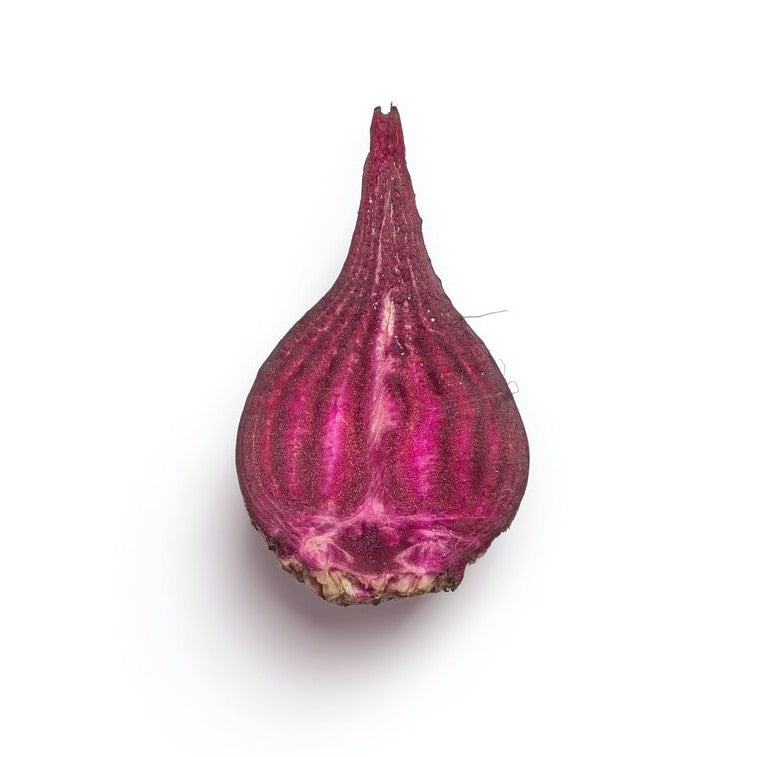
Lactic Acid
- Product: Organic acid
- Origin: Plant (beet and corn)
- Used part: Root (beet) and seed (corn)
- How is it obtained? Fermentation of the beet sugar or corn sucrose
- Growing areas: Europe
- Curiosity: It is used as a pH regulator in cosmetics, turning them into products that soften, moisturise and add shine to the skin. In addition, it acts as an exfoliator helping to eliminate dead cells
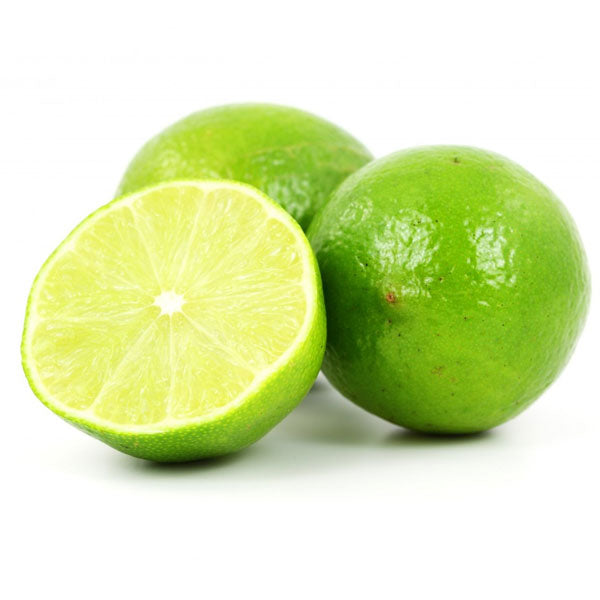
Lime
- Product: Oil
- Origin: Lime tree
- Used part: Fruit skin
- How is it obtained? Distillation or cold pressure
- Growing areas: Italy, Brazil, Mexico or the USA
- Aroma: Refreshing and bitter
- Curiosity: It is one of the main Coca-Cola ingredients
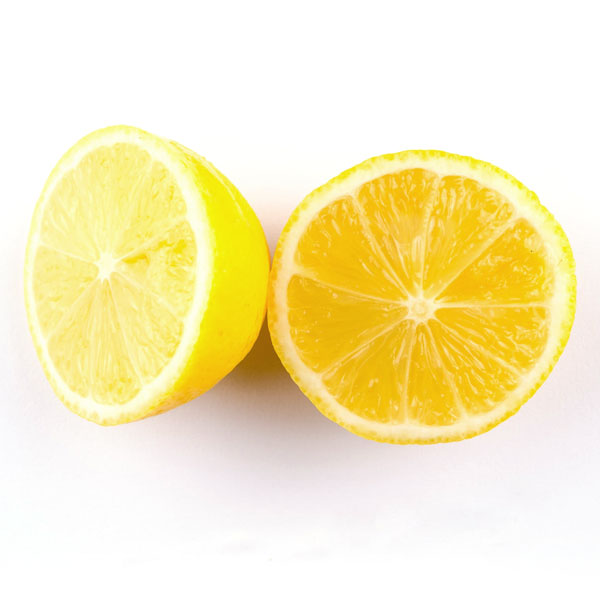
Lemon
- Product: Oil
- Origin: Lemon tree
- Used part: Fruit skin
- How is it obtained? Cold pressure
- Growing areas: Spain, Italy, Ivory Coast and South America
- Aroma: Fresh, acidic and aromatic
- Curiosity: Christopher Columbus brought lemon seeds to the Caribbean and they were spread throughout America during the Spanish conquest
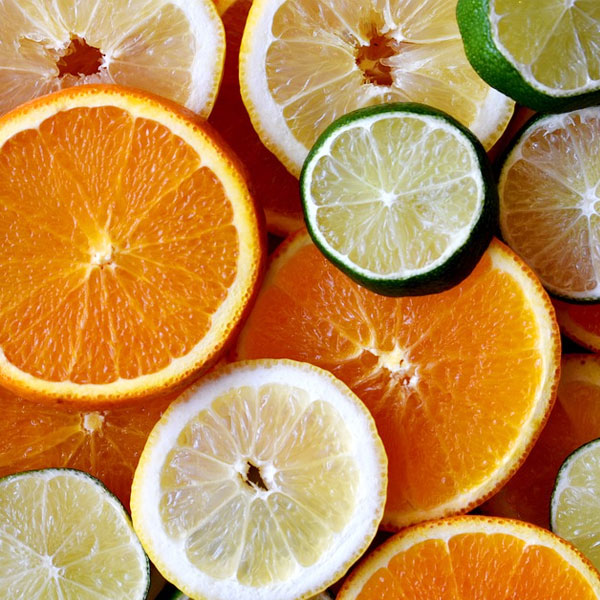
Limonene
- Product: Natural essential oil by-product
- Origin: Fruit skin
- How is it obtained? It is naturally obtained from essential oil from citrus skins such as orange, lemon or lime extraction
- Aroma: Citrus and fresh
- Curiosity: It has been declared an INCI as it is an allergen, which means that certain people can be allergic to it
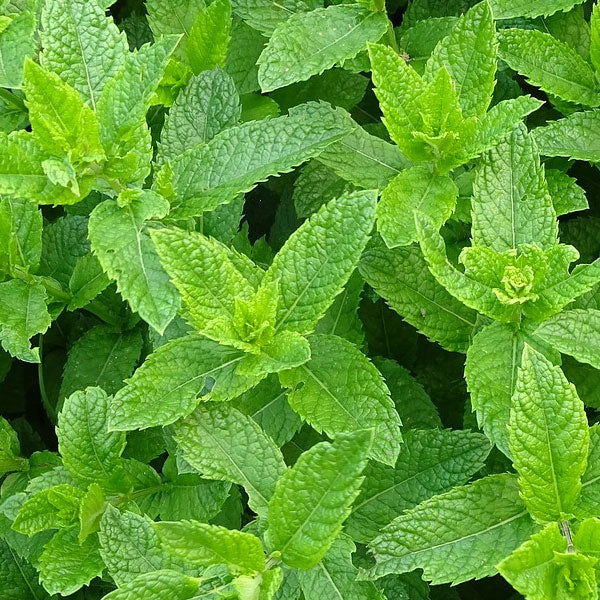
Linalool
- Product: Natural essential oil by-product
- Origin: Flowers and aromatic plants
- How is it obtained? It is naturally obtained from mint, cinnamon or citrus fruits essential oils extraction
- Aroma: Mentholated
- Curiosity: It has been declared an INCI as it is an allergen, which means that certain people can be allergic to it
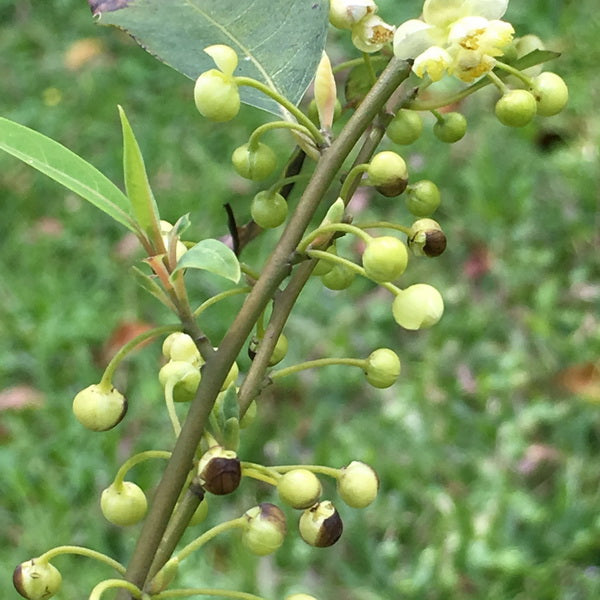
Litsea Cubeba
- Product: Oil
- Origin: Litsea Cubeba bush
- Used part: Fruit
- How is it obtained? Distillation
- Growing areas: China
- Aroma: Lemon with a sweet undertone
- Curiosity: Its fruit is the same shape and size as a pepper
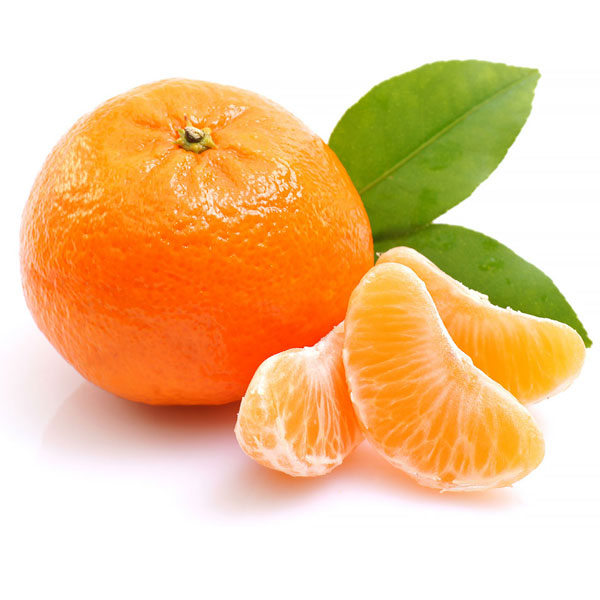
Tangerine
- Product: Oil
- Origin: Tangerine tree
- Used part: Fruit skin
- How is it obtained? Cold pressure
- Growing areas: Italy, Brazil, Argentina and China
- Aroma: Very sweet
- Curiosity: In Chinese New Year celebrations it is a symbol of good fortune
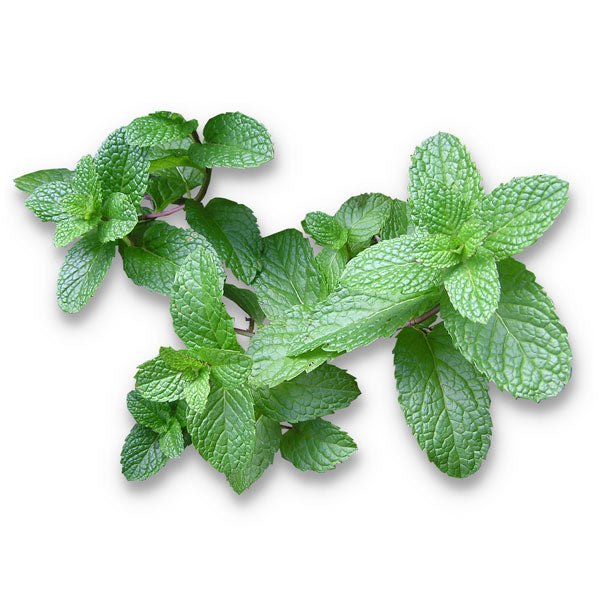
Mint
- Product: Oil
- Origin: Aromatic mint plant
- Used part: Leaves
- How is it obtained? Distillation
- Growing areas: France, China and India
- Aroma: Refreshing green note
- Curiosity: It has the typical scent of chewing gum and toothpaste

Maris salt
- Product: Marine salt
- Origin: Seawater
- Used part: Sat
- How is it obtained? It is obtained by quickly drying the seawater using a very hot gas so that dry powder is generated with evaporation
- Growing areas: Francia
- Curiosity: High magnesium content which inhibits the course of redness or inflammation of the skin

Microcrystalline Cellulose
- Product: Emulsifier
- Origin: Safe synthetic endorsed by Cosmos
- Curiosity: Activates the emulsifying process and improves the stability as well as the shelf life of the emulsion
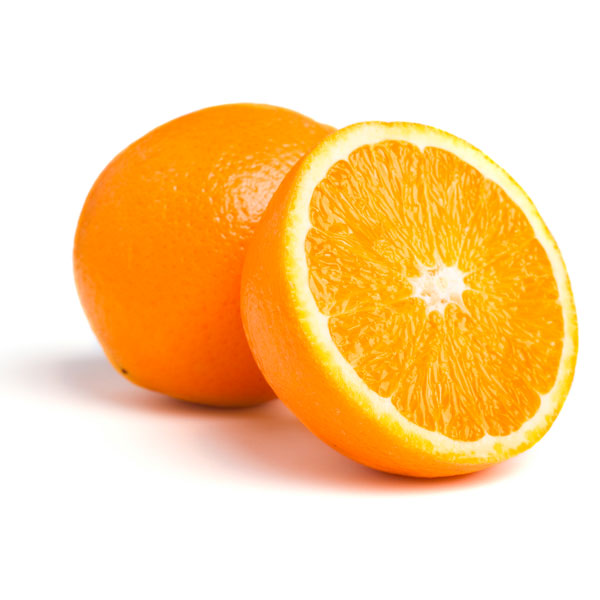
Orange
- Product: Oil
- Origin: Sweet orange tree
- Used part: Fruit skin
- How is it obtained? Cold pressure
- Growing areas: Spain, Italy, Brazil and the United States
- Aroma: Sweet, fruity and fresh
- Curiosity: It is the most cultivated tree fruit in the world
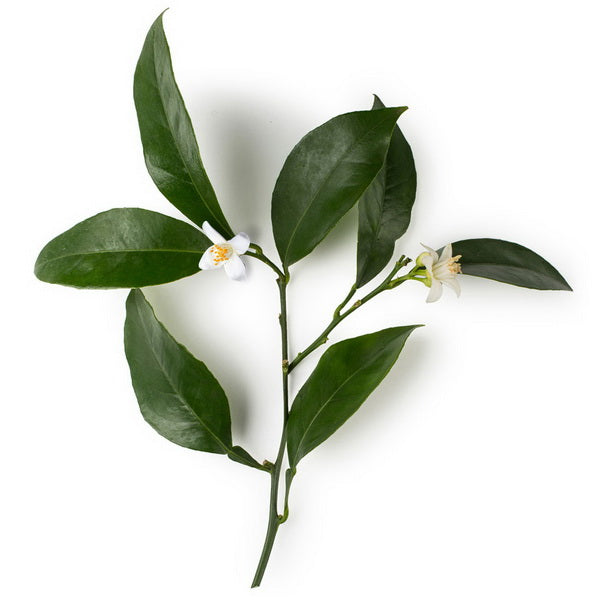
Neroli
- Product: Oil
- Origin: Bitter orange tree
- Used part: Flower
- How is it obtained? Distillation
- Growing areas: Morocco, Egypt, Tunisia and the USA
- Aroma: Citrus with orange blossom touches
- Curiosity: In perfumery, every part of the bitter orange is used: the skin to create essential oil, the leaves for Petitgrain oil, as well as the white flowers for Neroli and the absolute orange blossom

Olea Europea Fruit Oil
- Product: Oil
- Origin: Tree (olive tree)
- Used part: Fruit
- How is it obtained? Cold pressed
- Growing areas: Spain and Italy
- Curiosity: It has reparing properties and is made up of a large amount of natural fatty acids that fight skin dryness. It is also a masking agent that softens the basic odor of the product
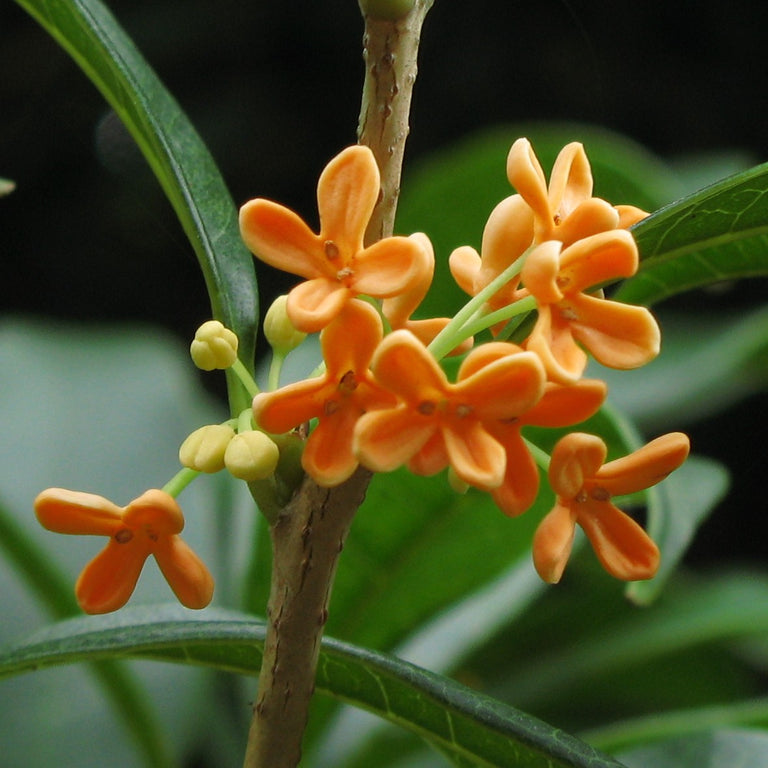
Osmanthus
- Product: Absolute
- Origin: Osmanthus bush
- Used part: Flower
- How is it obtained? Extraction
- Growing areas: China
- Aroma: Peach and apricot
- Curiosity: In Asia it is used to give an orange colour and a better aroma to tea
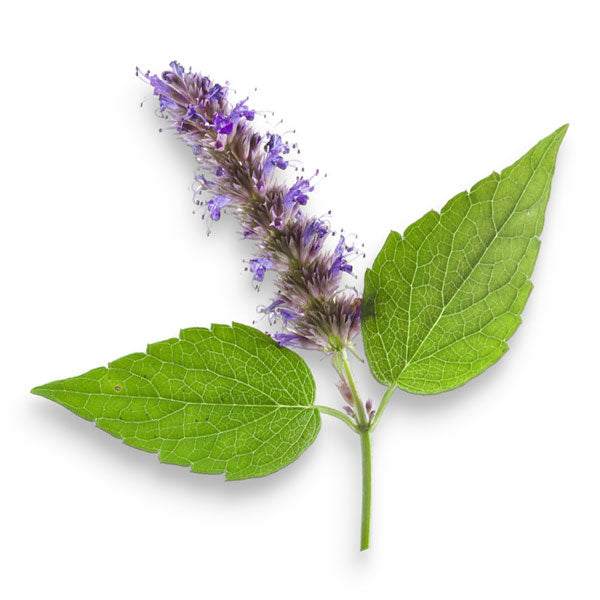
Patchouli
- Product: Oil
- Origin: Patchouli bush
- Used part: Leaves
- How is it obtained? Distillation
- Growing areas: Indonesia and India
- Aroma: Woody and moist with an earthy touch
- Curiosity: The essence must age several months in barrels before being used
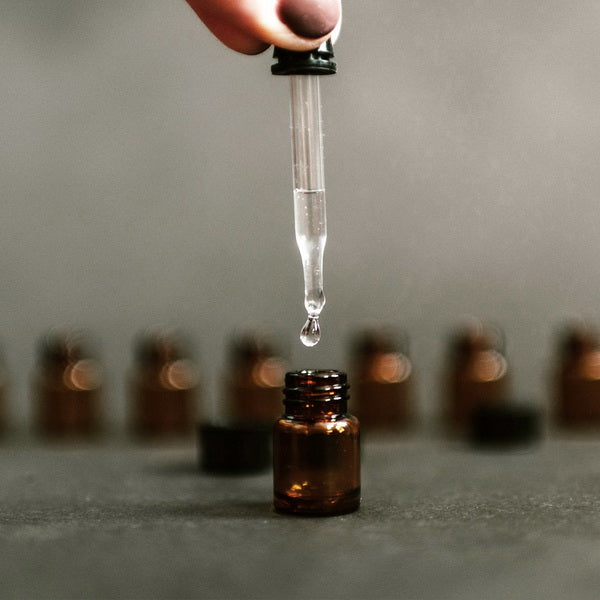
Parfum
- Product: Concentrated essence
- Origin: Laboratory-made mix
- How is it obtained? Perfumers combine multiple ingredients (oils, resins or absolutes) that provide olfactory notes and chords to get the final result
- Aroma: The own of each perfume
- Curiosity: When the perfume concentration is 15% or greater, it can be considered Eau de Parfum
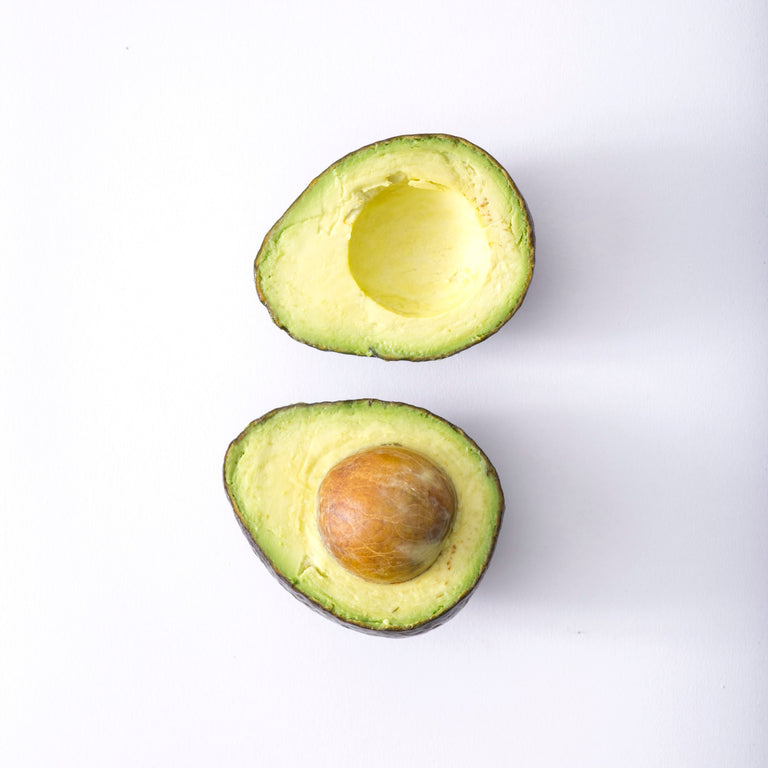
Persea Gratissima Oil
- Product: Aceite
- Origin: Tree (avocado tree)
- Used part: Seed and pulp
- How is it obtained? Cold pressure
- Growing areas: Africa, America, Israel and some European countries
- Curiosity: It is high in vitamins (A, D and E) and fatty acids that make it a nutritive, protective and regenerating agent
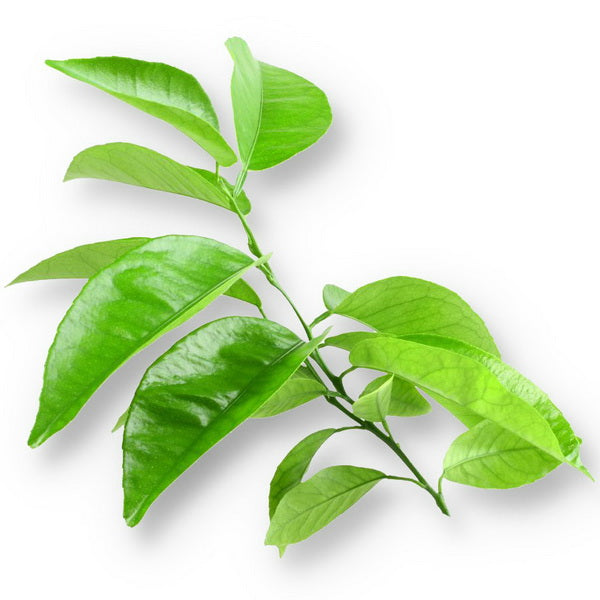
Petitgrain
- Product: Oil
- Origin: Bitter orange tree
- Used part: Branches and leaves
- How is it obtained? Distillation
- Growing areas: Italy, Paraguay and North America.
- Aroma: Floral and slightly woody
- Curiosity: The most used petitgrain comes from bitter orange, but it can also be taken from lemon or tangerine

Phenylpropanol
- Product: Dissolvent
- Origin: Save synthetics endorsed by Cosmos
- Curiosity: Dissolvent with the property of masking the smell of other raw materials

Potassium Sorbate
- Product: Salt
- Origin: Save synthetics endorsed by Cosmos
- Curiosity: It is used as a preservative, as it controls the microbial contamination, extending the cosmetic's useful life
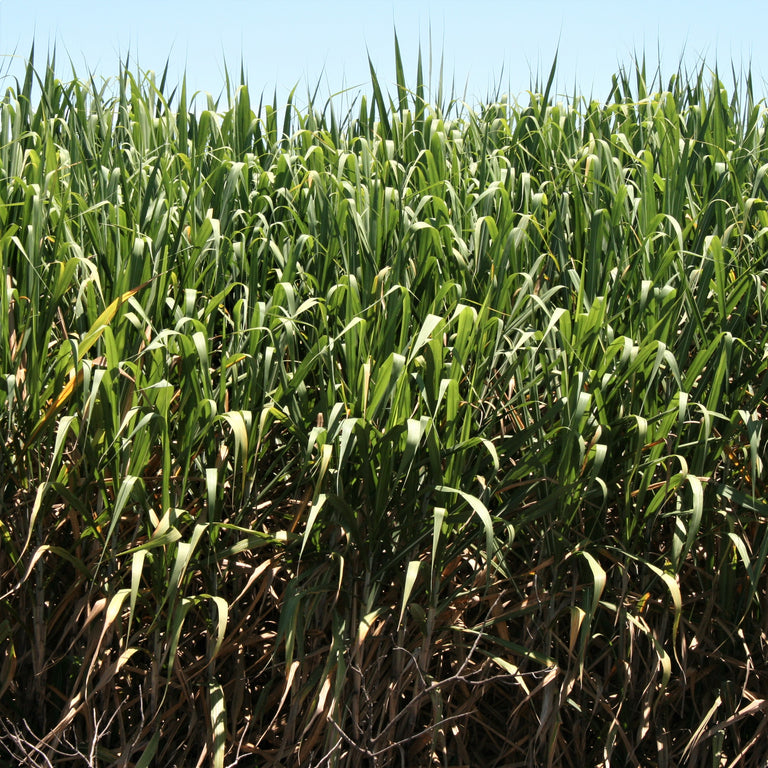
Propanediol
- Product: Solvent
- Origin: Plant (corn)
- Used part: Stem
- How is it obtained? Corn sugar fermentation
- Growing areas: From New Guinea
- Curiosity: Used as a solvent for other substances, it allows to control the viscosity of the cosmetic
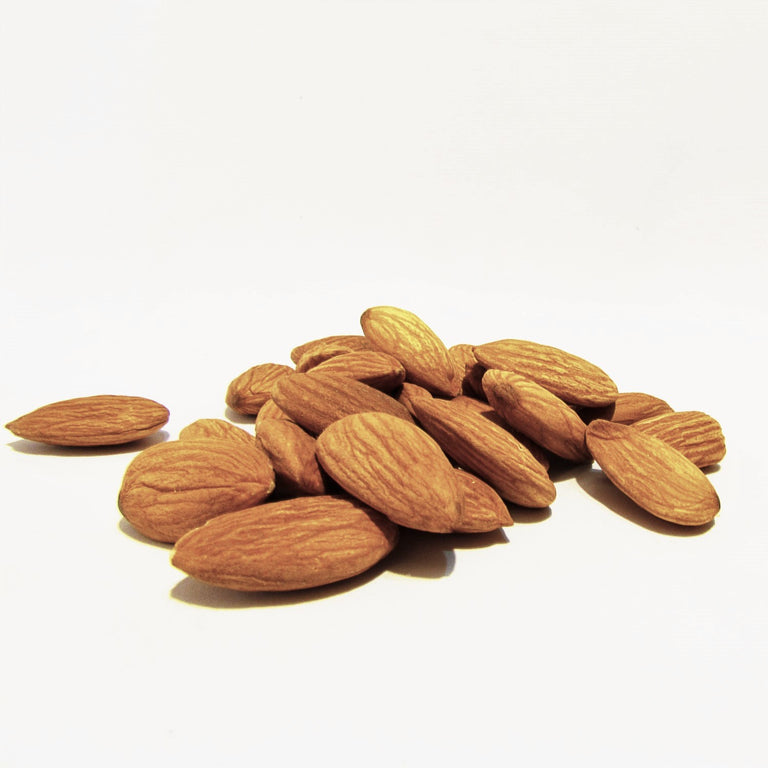
Prunus Amygdalus Dulcis Oil
- Product: Oil
- Origin: Tree (almod tree)
- Used part: Seed
- How is it obtained? Cold pressed
- Growing areas: Mediterranean countries, Asia and California
- Curiosity: Thanks to its composition rich in monounsaturated fats, oleic acid and linoleic acids, it helps in the formation of collagen and elastin, giving firmness and elasticity to the skin. In addition, it is anti-inflammatory and healing
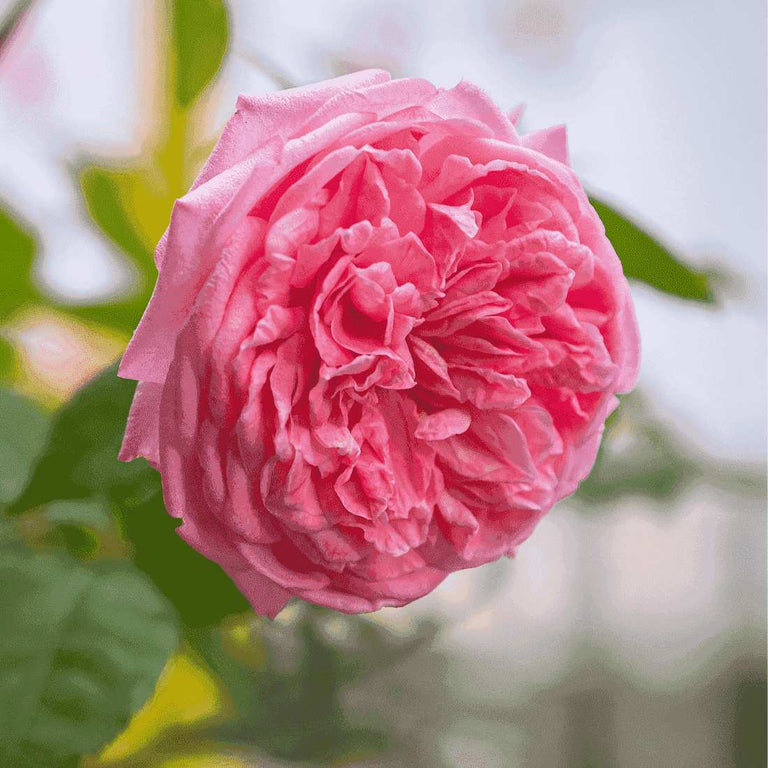
Rose
- Product: Oil
- Origin: Shrub (damask rose)
- Used part: Petals
- How is it obtained? Volatile solvent extraction
- Growing areas: Bulgary and France
- Aroma: Fresh, lemony, with various nuances of talc, notes of wood, feminine and intensely romantic
- Curiosity: It is estimated that there are between 10 and 50 thousand varieties of roses. Despite the diversity, only two varieties have interest from a perfumery point of view: Rosa Damascena and Rosa Centifolia
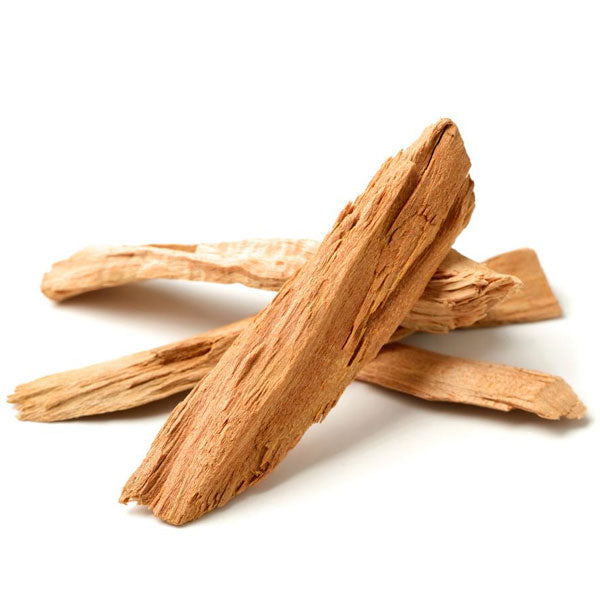
Sandalwood
- Product: Oil
- Origin: Sandalwood tree
- Used part: Wood
- How is it obtained? Distillation
- Growing areas: India and Australia
- Aroma: Sweet and smooth wood with a green note
- Curiosity: It has relaxing properties. It preserves the aroma for a long time
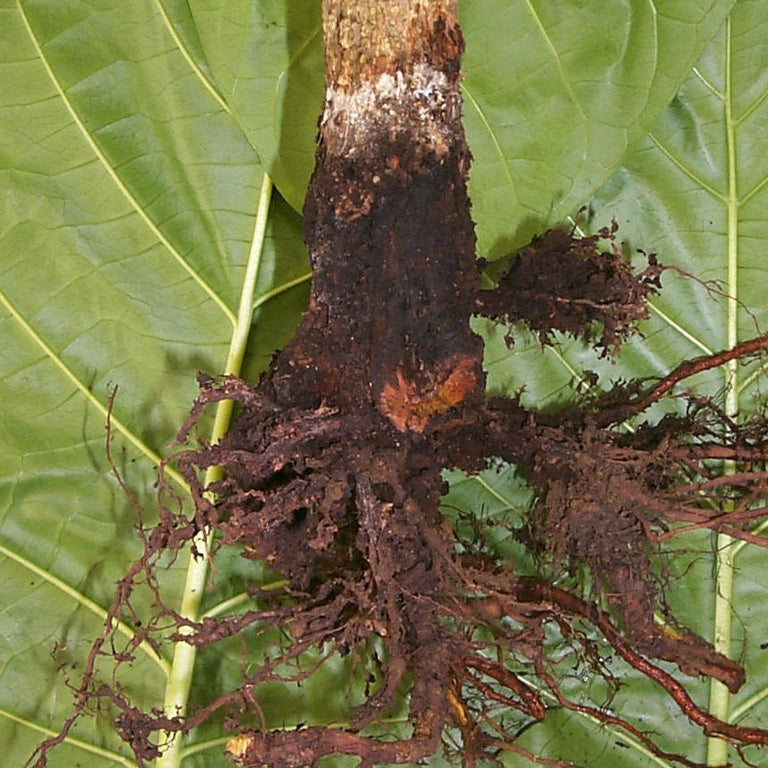
Sclerotium Gum
- Product: Polysaccharide
- Origin: Fungus (sclerotium rolfssii)
- How is it obtained? Fungus Sclerotium rolfsiin fermentation
- Growing areas: Harvests
- Curiosity: Improves the emulsion process and its stability. It also allows to control the viscosity of the cosmetic

Sodium Benzoate
- Product: Salt
- Origin: Save synthetic endorsed by Cosmos
- Curiosity: It is used as a preservative, as it protects the cosmetic from the growth of the fungus and bacterias
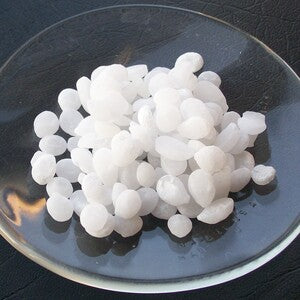
Sodium Hydroxide
- Product: Inorganic compound from common salt
- Origin: Safe synthetic endorsed by Cosmos
- Curiosity: PH regulator used for rising the acid pH to a suitable level for the skin

Sodium Lauroyl Glutamate
- Product: Surfactant
- Origin: Tree (coconut tree)
- Used part: Fruit
- How is it obtained? From the coconut oil
- Growing areas: Southeast Asia
- Curiosity: Reduces static electricity by neutralizing electrical charge on a surface. In addition, it reduces the surface tension of cosmetics and contributes to the uniform distribution of the product during use

Sodium Phytate
- Product: Salt
- Origin: Tree (palm tree)
- Used part: Fruit
- How is it obtained? Sustainable extraction - RSPO (Roundtable on Sustainable Palm Oil) seal
- Growing areas: From Africa
- Curiosity: Reacts with metal ions helping to avoid unwanted reactions that could affect the stability or appearance of the product
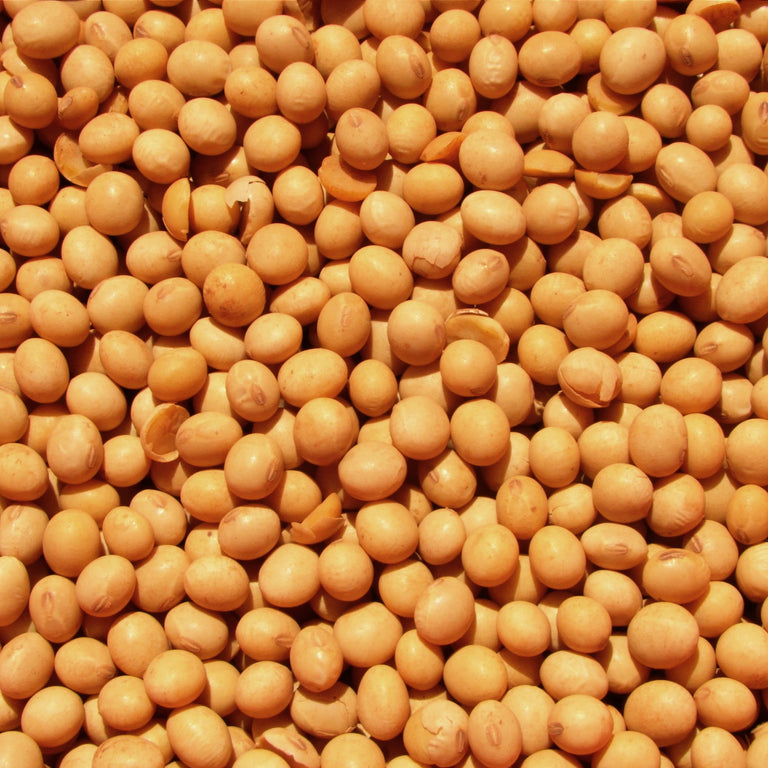
Stearic Acid
- Product: Saturated fatty acid
- Origin: Plant (soya)
- Used part: Seed
- How is it obtained? From soybean oil
- Growing areas: Cold pressure
- Curiosity: In cosmetics it is used as a thickener and emulsion stabilizer
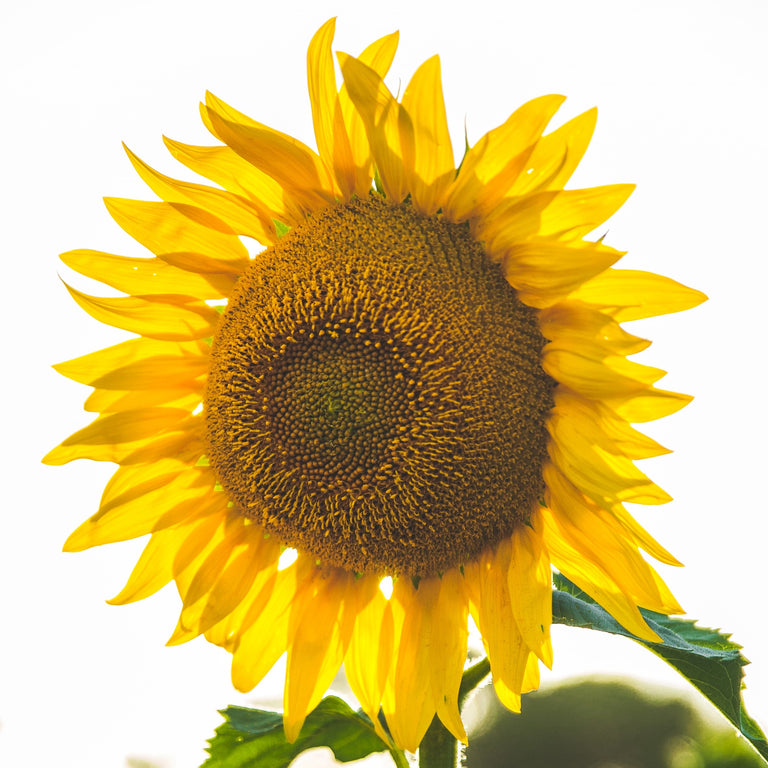
Tocopherol
- Product: Vitamin E
- Origin: Plant (sunflower)
- Used part: Seeds
- How is it obtained? From sunflower oil
- Growing areas: Practically all over the world
- Curiosity: It has antioxidant properties, which inhibit the reactions caused by oxygen and which lead to skin aging

Tocopheryl Acetate
- Product: Vitamin E
- Origin: Safe synthetic
- Curiosity: It works as an antioxidant, which is why is often used in antiaging products as it promotes the protection and repair of the skin

Tridecane
- Product: Natural hydrocarbon
- Origin: Tree (coconut tree)
- Used part: Fruit
- How is it obtained? From coconut oil
- Growing areas: Southeast Asia
- Curiosity: Emollient that thanks to its volatile properties, is easy to apply, absorbs quickly and leaves skin soft and dry
Undaria Pinnatifida Extract
- Product: Extract
- Origin: Wakame Seaweed
- Used part: Leaves
- How is it obtained? The dried leaves are mixed with the solvent and once filtered, the fungus extract is obtained
- Growing areas: Galicia, Spain
- Curiosity: It is high in polysaccharides, proteins and vitamins (B and C), which contributes to cell renewal and the regeneration and hydration of the skin. It also has antioxidant properties that prevent skin aging

Undecane
- Product: Natural hydrocarbon
- Origin: Tree (coconut tree)
- Used part: Fruit
- How is it obtained? From coconut oil
- Growing areas: Southeast Asia
- Curiosity: Emollient that thanks to its volatile properties, is easy to apply, absorbs quickly and leaves skin soft and dry
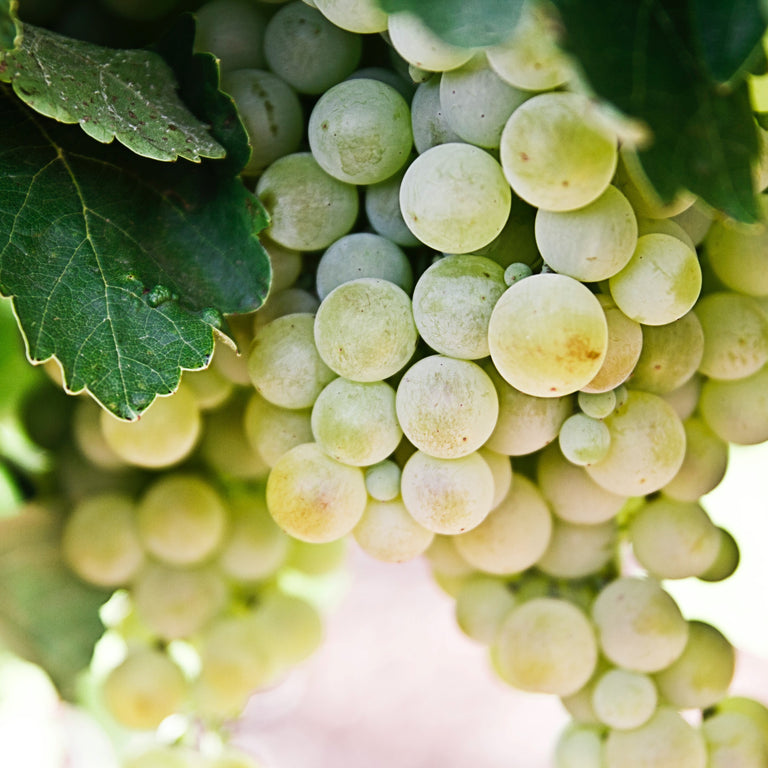
Vitis Vinifera Seed Oil
- Product: Oil
- Origin: Plant (grapevine)
- Used part: Seed
- How is it obtained? Pressure extraction
- Growing areas: Mediterranean Region
- Curiosity: Known for its skin repairing activity, it fights dryness and dermatitis by reducing water loss from the skin. In addition, it has disinfectant and purifying properties
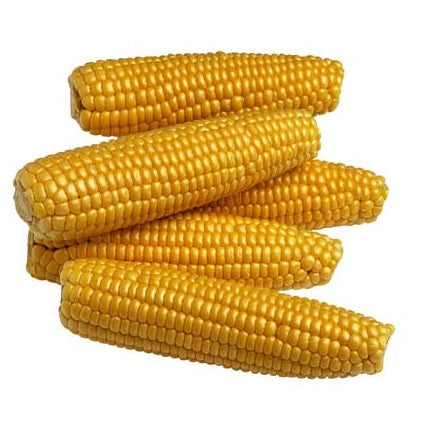
Xanthan Gum
- Product: Natural polymer
- Origin: Plant (corn)
- Used part: Seed
- How is it obtained? Fermentation of a carbohydrate (corn syrup) with the bacteria Xanthomonas campestris
- Growing areas: Europe
- Curiosity: It is used in cosmetics as an emulsion stabilizer, film-forming agent or agglutinative
